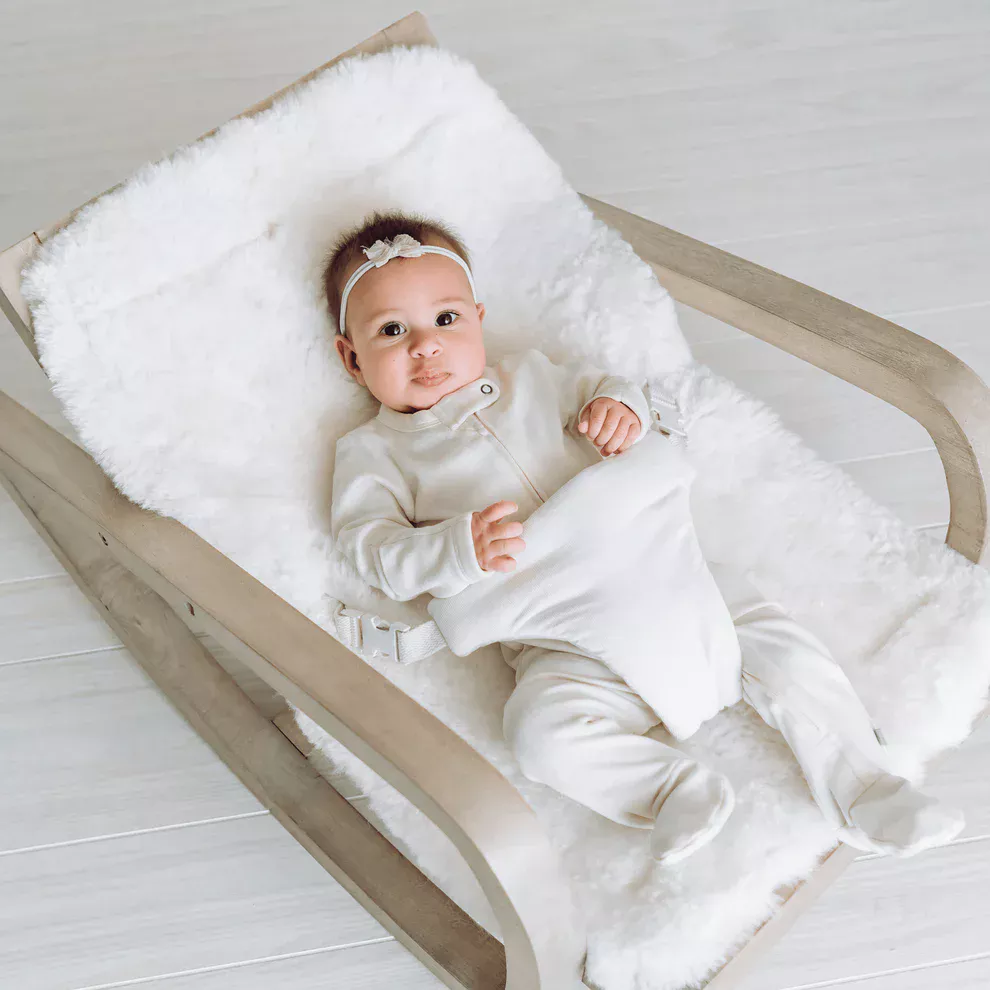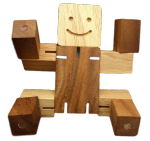Ideas and Methods to
Potty Training Toddlers
Potty Training ... Is Your Child Ready?

A child may be ready for potty training from as young as 18 months or as old as 3 years. Every child will be different on when he or she is ready to be trained. On average, most children are ready by the age of two to two and a half years old. There is no rush or pressure to start toilet training before your child is ready, as it may backfire and prolong the process.
Potty training is a big milestone for toddlers and parents, but it can also be a challenging and frustrating process. How do you know when your child is ready to ditch the diapers and use the toilet? What tools and tips can help make the transition easier and faster?
Some of the signs that indicates a child readiness for toilet training are as follows:
- Able to stay dry for a couple of hours
- Wakes up dry from sleep
- Will let you know when he or she soiled the diaper
- Can tell you when he or she wants to go to the bathroom
- Has bowel movements about the same time every day
- Able to follow simple instructions such as, "let's go and pee"
- Knows how to pull his/her pants up and down
- Able to understand simple words
In addition to the above, you can also watch out for some behavioural change in your child. When your child wants to do things himself/herself, starts imitating what the others do and learns to questions your actions, this will be a good time to start training your child.
Let the training sessions be a fun learning experience for your child. Do not rush and let your child learn at his/her own pace. This will reduce stress on both you and your child.
Give encouragement and be generous with your praises at every successful attempts at using the potty. On the other hand, do not pressure or punish your child for unsuccessful situations or accidents. You will need a lot of patience and your child will eventually learn to use the potty.
Resources for Potty Training
You can use some of the following tools and resources to get your child prepared for the toilet training sessions:
- Books, Videos or Songs that explain potty training in a fun and positive way. You can read or watch these with your child to get them familiar with the process and motivate them to try it.
- Training Pants - you can purchase pull-ups or training pants that are easy to pull up and down once your child is ready. Get he/she involved in the purchase to create excitement. Using cotton training pants will let your child feel the wetness and thus train faster but it is messier!
- Underwear that your child likes and wants to wear. You can use these as a reward or incentive for using the potty.
- Potty Seats & Toilet seat cover - choose a sturdy one that fits on the regular toilet so that your child will feel secure when sitting on it. Your child must be able to put his/her feet on the floor, eliminating any fear of falling in.
- Potty Charts - Place it on the refrigerator. Let your child know that he/she will earn a sticker on the chart whenever he/she uses the potty. Offer praises for success and give encouragement otherwise.
Useful tips on Potty Training
Here are some tips that can help you and your child have a smooth and successful potty training experience:
- Choose a time when your child is relaxed and cooperative, and when you have no major changes or stressors in your life.
- Keep the potty chair out where your child will see it
- Start by letting your child sit on the potty for a few minutes several times a day, preferably after meals or before naps. Praise them for trying, even if they don’t produce anything.
- Watch for cues that your child needs to go, such as squirming, crossing legs or holding their crotch. Prompt them to use the potty as soon as you notice these signs.
- Watch out for your child's bowel movement (BM) and try to leave his/her diaper off at this moment. Be more alert for this time so that you can quickly put him/her on the potty
- For BM training, do ensure your child eats lots of fresh fruit and vegetables as you want to keep his/her stools soft toavoid painful BM. Painful BM will frighten the child and he/she will associate this painful experience with the potty, thus may refuse to use the potty in future
- Offer praises and sticker on the potty chart for every successful potty use
- Do not force your child to sit on the potty. If he/she refuses, try again another time. Be patient
- Expect mistakes and accidents. Do not show anger or punish your child.
Nobody says potty training is easy. There are so many toilet training products designed and resources available to help parents go through this time. Just remember to keep this learning process fun for both you and your child.
Related toilet training articles
Helpful potty training tips that will make training easier and fun
Understanding toilet training regression and how to handle them.
Bed wetting cause and helping your child cope with it





New! Comments
Have your say about what you just read! Leave us a comment in the box below.